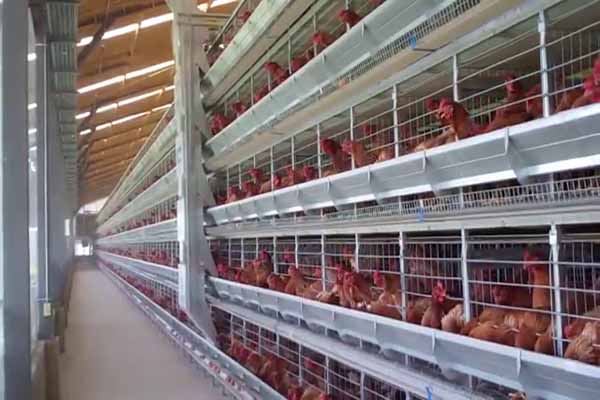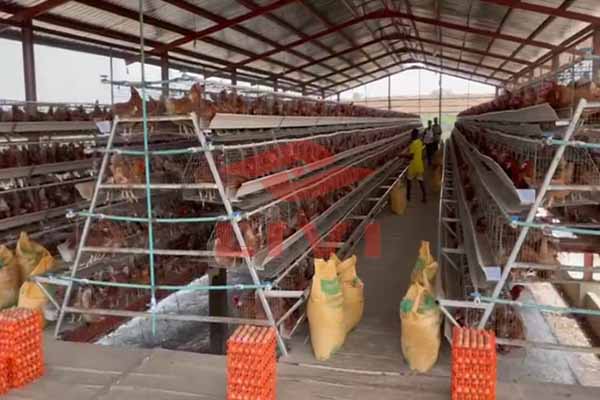
The poultry industry, especially in emerging markets such as Zimbabwe, faces significant challenges in scaling up production without compromising bird health or product quality. Efficient ventilation and precise temperature regulation remain pivotal factors driving optimal egg production and farm profitability. This article presents an in-depth analysis of cutting-edge technologies integrated into Zhengzhou Livi Machinery Co., Ltd’s high-efficiency H-type layer hen cage, specifically its application within Zimbabwe's large-scale egg production facilities. Through fact-backed insights, practical case data, and a focus on automation, this guide aims to provide poultry operators with actionable knowledge to enhance productivity sustainably.
Zimbabwe's poultry industry has witnessed substantial growth, driven by growing local and export demand. However, farms confront key hurdles including:
Addressing these concerns requires integrating advanced equipment and technology that optimize not only cage design but also essential environmental controls.
Zhengzhou Livi Machinery's H-type layer hen cage system introduces innovation across several critical dimensions:
Coupling cage innovation with automated systems yields quantifiable benefits in operational efficiency:
| Aspect | Traditional Setup | Livi H-Type Cage | Improvement |
|---|---|---|---|
| Labor Hours per Day | 28 hours | 15 hours | 46% Reduction |
| Egg Breakage Rate | 4.0% | 3.0% | 25% Improvement |
| Ammonia Level (ppm) | 18 ppm | 11 ppm | 40% Reduction |
The H-type cage’s integrated ventilation system provides uniform airflow, ensuring optimal oxygen levels and heat dissipation critical for layer hen well-being. Key technical features include:
These environmental controls harmonize to reduce stress-induced egg production drops, as demonstrated by a 12% yield increase observed in a Zimbabwean commercial layer farm employing this technology.

A prominent commercial egg producer in Zimbabwe deployed Livi’s H-type cage system across a facility with 25,000 layers. Within six months, the farm reported:
These quantifiable improvements underpin the system’s capability to drive operational excellence and market competitiveness.

Livi’s H-type cages adhere to global standards such as ISO 9001 Quality Management and animal welfare protocols, positioning users for expanded export potential. Compliance enhances brand reputation and ensures alignment with increasingly stringent buyer requirements in international markets.
The modular design also facilitates scalability and adaptability, key to maintaining competitiveness as market demands evolve.

Adoption of the H-type cage system is proving instrumental for Zimbabwean farms aiming to scale operations responsibly. Enhanced production efficiency and reduced environmental footprint contribute to sustainable business models. Farms gain agility in responding to market fluctuations while preserving animal health and product quality.
This balance fosters trust with consumers and stakeholders, supporting long-term growth trajectories.
What ventilation and temperature control strategies have you implemented in your poultry operations? How has automation impacted your labor efficiency and product quality? Share your experiences and questions below to foster a knowledge-sharing community dedicated to advancing poultry farming excellence.

